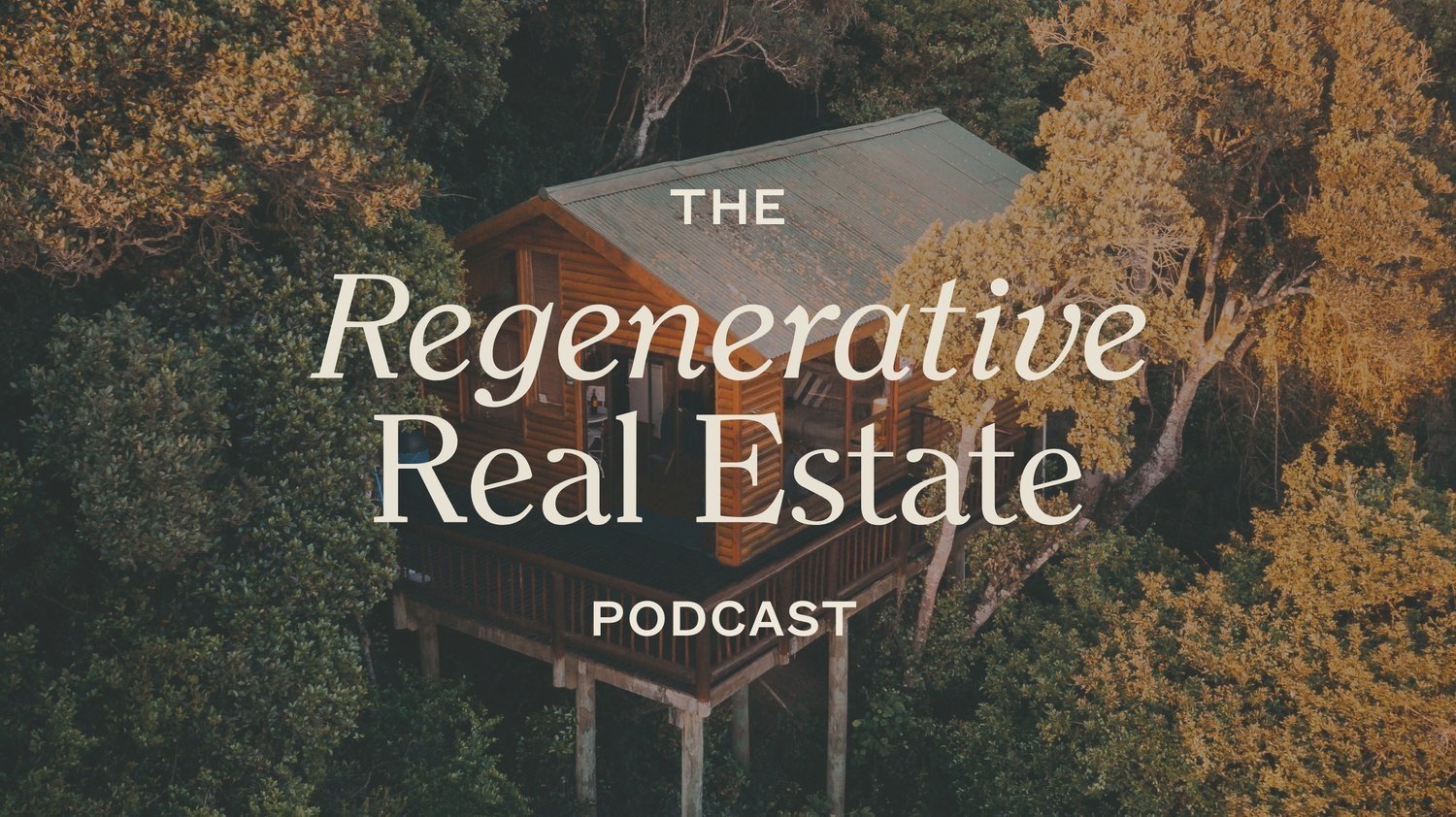Our Community Land Trust Methods
Home On Whidbey is based on a traditional Community Land Trust (CLT) non-profit model. In this model, an organization is created to hold land for the benefit of a community and individuals within the community.
As a democratically structured organization, the Board of Directors is elected by the membership. The Board typically includes residents of CLT owned lands, public-interest representatives, and other community members.
The CLT acquires land through purchase or donation.
The CLT removes the land from the speculative realty market.
The CLT may provide homebuyer subsidies to reduce the home’s price.
The CLT model has been highly successful across the nation.
CLTs create high quality, permanently affordable homes in communities.
A great 7-minute video from Thriving Communities about the impact that a community land trust has made on Lopez Island.
Tune into a podcast episode with Julie Brunner of Orcas Island’s OPAL CLT and Neal Collins from Latitude Regenerative Real Estate about the Community Land Trust model.
The Benefits
CLTs enable people to become homeowners.
CLTs provide access to homes in real estate markets that increasingly exclude individuals and families with limited incomes.
CLTs get people into the door of an attainable home. The original investment from the community makes possible a transition from renting to owning, and the equity built through ownership can be applied to future home purchases in the traditional market.
CLTs homeowners build equity.
The CLT methods, in which homeowners sell their homes according to a resale formula, provides a fair and reasonable rate of return on the homeowner’s investment.
Homeowners regain their initial investment, equity they have accumulated by paying the principal on their mortgage, plus any equity gained from the resale price formula.
CLTs promote healthy families.
Homes give people an opportunity to build better lives. CLT homes provide security, stability, tax benefits, and a chance to build equity so families can stay together, stay strong, and be successful.
The stable and secure homes made possible by CLTs enables many individuals and families to invest in their own future, improve their financial status, and contribute to the economic development of their community.
CLTs support and educate homeowners.
Homebuyers become members of the CLT when they start the home buying process. Membership offers opportunities for leadership development by giving homeowners a voice in the governance and direction of the CLT.
Owning a home is a lot of work. CLTs help first-time homeowners meet the challenges by offering homebuyer education and home maintenance and repair workshops. The CLT staff holds member meetings, assists with loans, provides credit counseling, and more.
CLTs foster stable communities.
Safe and stable homes are the foundation of every healthy community. With CLTs, the community owns the land, ensuring it will always be used to benefit the community.
CLTs strengthen communities by providing a permanent supply of affordable, owner-occupied homes, allowing people who work in the community to live there as well.
CLTs preserve resources.
CLTs are serious about sustainability and resilience. CLT Communities are designed to make the most of the land while preserving green space. Also, when people can live closer to where they work, commuting and its negative effects on both the individual and community are reduced.
CLTs protect residents from displacement.
Rising property values often force individuals and families with lower and moderate income to move out of the area. CLTs protect residents from this displacement and promote strong community ties and the connection that comes from putting down roots.
Frequently Asked Questions
What is a Community Land Trust?
A CLT is a nonprofit organization that acquires and holds land for the purpose of providing homes at affordable prices. What makes the CLT methods unique is the home remains affordable forever, giving future homebuyers an opportunity to purchase a home at a reasonable price rather than the prevailing market price.
Why do we need Community Land Trusts?
Over the last decade, the cost of homes in Island County have skyrocketed. Unfortunately, incomes have not kept pace. Everyday people and hardworking families cannot afford to own a home in the community where they work. CLTs make homeownership possible for residents with limited income, and the home stays affordable, generation after generation.
How do Community Land Trusts work?
CLTs sell homes to people who are creditworthy when their income prevents them from purchasing market price homes. Homebuyers own their home, the land beneath their home belongs to the CLT and is leased to them for a nominal fee through a long-term, renewable, and inheritable lease providing wealth building through a shared equity agreement.
How does the Community Land Trust keep the housing affordable forever?
CLTs create opportunities for homeownership based on a shared equity model. Community investment in partnership with the homebuyers allows the buyer to purchase the home on CLT land at a price well below the market value. In exchange, homebuyers agree to a resale formula that enables them to earn equity rather than profiting from the future market appreciation. In practice, the resale formula allows for a one-time investment from the community to be maintained over the life of the home, benefiting homebuyers many times over and eliminating the need for ongoing or future subsidies.
What happens if the homeowner wants to sell their home?
When homeowners sell their homes, the resale price is based on a predetermined formula designed to provide a fair and reasonable rate of return on their investment, while at the same time keeping the home’s price within reach for future homebuyers of modest means.



